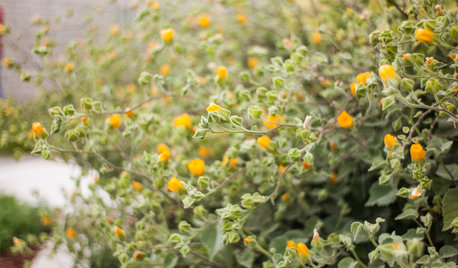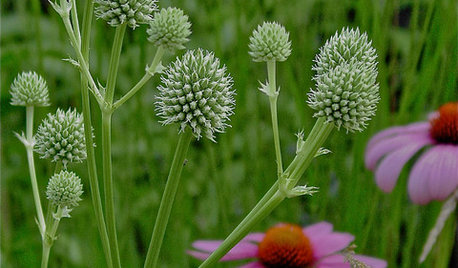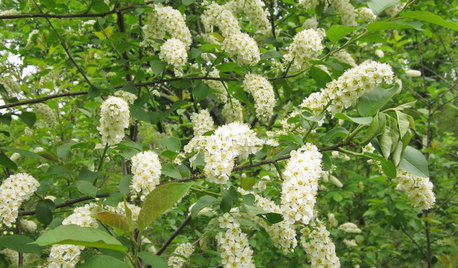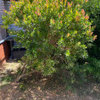Glyphosate near natives
femmeradsy
18 years ago
Related Stories

GARDENING GUIDES15 Native Flowers That Feed Native Bees
These perennials offer superfood to hundreds of bees and are gorgeous in their own right
Full Story
FLOWERS AND PLANTSAbutilon Palmeri Dazzles the Southwest With Nearly Year-Round Blooms
Plant Palmer’s Indian mallow for velvety foliage, long-lasting orange flowers and an abundance of wildlife benefits
Full Story
GARDENING GUIDESGreat Native Plant: Rattlesnake Master for Unique Interest
Serpents actually don’t give a hoot about this prairie wildflower, but insects do — and the foliage is a big draw too
Full Story
CONTEMPORARY HOMESHouzz Tour: Native Trees Are Part of This Home’s Design
A coastal New Zealand house is built to blend into a surrounding forest of pohutukawa trees
Full Story
GARDENING GUIDESHow to Find the Right Native Plants for Your Yard
Find plant maps, sale sites and guides that make going native in the garden easier than ever
Full Story
GARDENING GUIDES10 Top Native Plants for the U.S. Southeast
For a low-maintenance and wildlife-friendly landscape, use Southern natives that withstand heat and humidity
Full Story
GARDENING FOR BUTTERFLIES3 Ways Native Plants Make Gardening So Much Better
You probably know about the lower maintenance. But native plants' other benefits go far beyond a little less watering and weeding
Full Story
TREESNative Plant Alternatives to Invasive Common Buckthorn
Learn how to identify and control this aggressive plant, and what to grow in its place
Full Story
GROUND COVERSNative Alternatives to English Ivy, Japanese Pachysandra and Periwinkle
These shade-loving ground covers are good for the environment and say something about where you are
Full Story
GARDENING GUIDESGarden-Friendly Native Alternatives to Overplanted Exotics
There are lots of gorgeous, wildlife-friendly native plants ready to make an appearance in your garden
Full StorySponsored
More Discussions




jenintas
artiew
Related Discussions
using glyphosate near azaleas
Q
Where to buy Native trees and shrubs near Garner (40/42 area)
Q
Searching for natives near Toronto?
Q
Place to get native places neare Garner NC (40/42 area)
Q
wattleblossom
reillyoz007
nathanhurst
nswnotill
femmeradsyOriginal Author
sterculias
australia
nathanhurst
gregaryb
gregaryb
aus_tony
henry_kuska